Navigation
Tech Computers and Accessories
The Scuba Doctor has a great range of quality dive computer solutions for technical and rebreather divers.
Decompression Algorithms: ZHL-16C, VPM-B, DCAP, DCIEM, VVAL-18M... Does It Really Matter?
At the risk of annoying those who do have a preference for a specific decompression algorithm, the simple answer for most divers is NO the algorithm is not critical. There is no expert consensus that any one of the current crop of decompression algorithms is better than another. All of these algorithms used in dive computers and desktop table generation software, when set to their default conservancy values, will get you out of the water with an acceptable margin of safety. What we can say for sure is they are all imperfect representations of actual decompression in humans.
Numerous variants of ZHL-16C are very widely implemented in both sport and technical dive computers. For technical diving, versions of ZHL-16C that include user configurable Gradient Factor modifications are very popular because the GF values can be 'tuned' to provide different types of profiles for specific types of diving. VPM-B dive profiles typically have deeper initial stops, along with reduced time at shallow depths resulting in a 'smoother' profile although recent research calls into question the benefits of 'deep stops' especially for lengthy VPM-B profiles. DCAP was developed for use by early extended range divers (today we call them 'technical divers'.) VVAL-18M is the basis for the modern US Navy Tables. DCIEM has been extensively tested by the Canadian military to ensure its applicability to cold water working divers. RGBM (basis for NAUI tables with its roots in VPM) and DSAT (basis for PADI tables) are most often seen in no stop required sport diving applications. Recently, the RGBM model has been called in to question by a legal action, but it's not clear if the issue is with the algorithm itself or a specific dive computers' implementation, as most experts consider the RGBM model to be very conservative especially on repetitive dives.
The practices of decompression are not exact, in many ways as much about skill as science. Much of what we do in decompression diving is based on empirical observation and experience, rather than having a basis in theoretical science. Dr. R W (Bill) Hamilton, the late co-developer of DCAP and whose research in decompression is widely acknowledged as having a key role in opening up recreational extreme exposure diving in the early 90s, was fond of the saying 'what works, works'. The most important safety factor is not the decompression algorithm you select, rather your skill as a diver and that you closely follow the recommendations of that algorithm and safe diving practices in general. Also, best practice when diving as a team is that all divers should use the same algorithm in order to remain together as a team during ascent phase of the dive plan.
Rabbit Island, South
![]() Reef Dive |
Reef Dive | ![]() Boat access
Boat access
![]()
![]()
![]()
![]()
![]()
Depth: 2 m (6.56 ft) to 10 m (33 ft)
Level: Advanced Open Water and beyond.
Rabbit Island, South is a boat dive site for adventurous divers on the southern side of Rabbit Island, a small, granite island 1.6 km off the north-eastern coast of Wilsons Promontory, Victoria, Australia. The island lies within the Wilsons Promontory Marine Park, and the Rabbit Island South dive site faces south out into the often wild seas of Bass Strait. The island was named in 1842 by Captain John Lort Stokes after the numerous rabbits, descendants of those left by sealers to provide a food supply for sailors.
Diving Rabbit Island, South
On the southern side of Rabbit Island you'll find a weedy, rocky bottom. This area has the usual array of shallow reef species such as Wrasse, Dusky Morwong and Old Wives. The offshore area can be current affected with relatively poor visibility at times, so some caution is required. The shallows are also sometimes affected by surge, particularly on the southern shore.
See also the nearby Rabbit Island, North dive site.
Ideal Conditions: Rabbit Island South is best dived with calm seas, no swell and no wind. Light offshore north-westerly to north-easterly winds may be acceptable. Because of the sometimes strong currents, Rabbit Island, South is best dived at slack water. See WillyWeather (Rabbit Island) as a guide for the tide times and the height of the tide.
Bass Strait Warning: Always keep an eye on sea conditions throughout any shore or boat dive in Bass Strait on Victoria's coastline. Please read the warnings on the web page diving-in-bass-strait before diving or snorkelling this site.
{{wilsons-promontory-marine-park}}Traditional Owners — This dive site is in the traditional Country of the Boon Wurrung / Bunurong people of the Kulin Nation. This truly ancient Country includes parts of Port Phillip, from the Werribee River in the north-west, down to Wilson's Promontory in the south-east, including the Mornington Peninsula, French Island and Phillip Island, plus Western Port. We wish to acknowledge the Boon Wurrung as Traditional Owners. We pay respect to their Ancestors and their Elders, past, present and emerging. We acknowledge Bunjil the Creator Spirit of this beautiful land, who travels as an eagle, and Waarn, who protects the waterways and travels as a crow, and thank them for continuing to watch over this Country today and beyond.
Rabbit Island, South Location Map
Latitude: 38° 54.839′ S (38.913975° S / 38° 54′ 50.31″ S)
Longitude: 146° 30.602′ E (146.510025° E / 146° 30′ 36.09″ E)
Datum: WGS84 |
Google Map
Added: 2022-04-22 01:54:20 GMT, Last updated: 2022-04-22 14:36:53 GMT
Source: Google Earth
Nearest Neighbour: Rabbit Island, North, 683 m, bearing 19°, NNE
Wilsons Promontory Marine Park.
Rabbit Island, Bass Strait.
Depth: 2 to 10 m.
[ Top ]
DISCLAIMER: No claim is made by The Scuba Doctor as to the accuracy of the dive site coordinates listed here. Should anyone decide to use these GPS marks to locate and dive on a site, they do so entirely at their own risk. Always verify against other sources.
The marks come from numerous sources including commercial operators, independent dive clubs, reference works, and active divers. Some are known to be accurate, while others may not be. Some GPS marks may even have come from maps using the AGD66 datum, and thus may need be converted to the WGS84 datum. To distinguish between the possible accuracy of the dive site marks, we've tried to give each mark a source of GPS, Google Earth, or unknown.



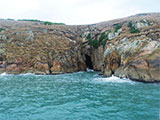
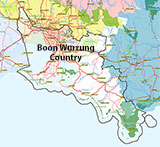
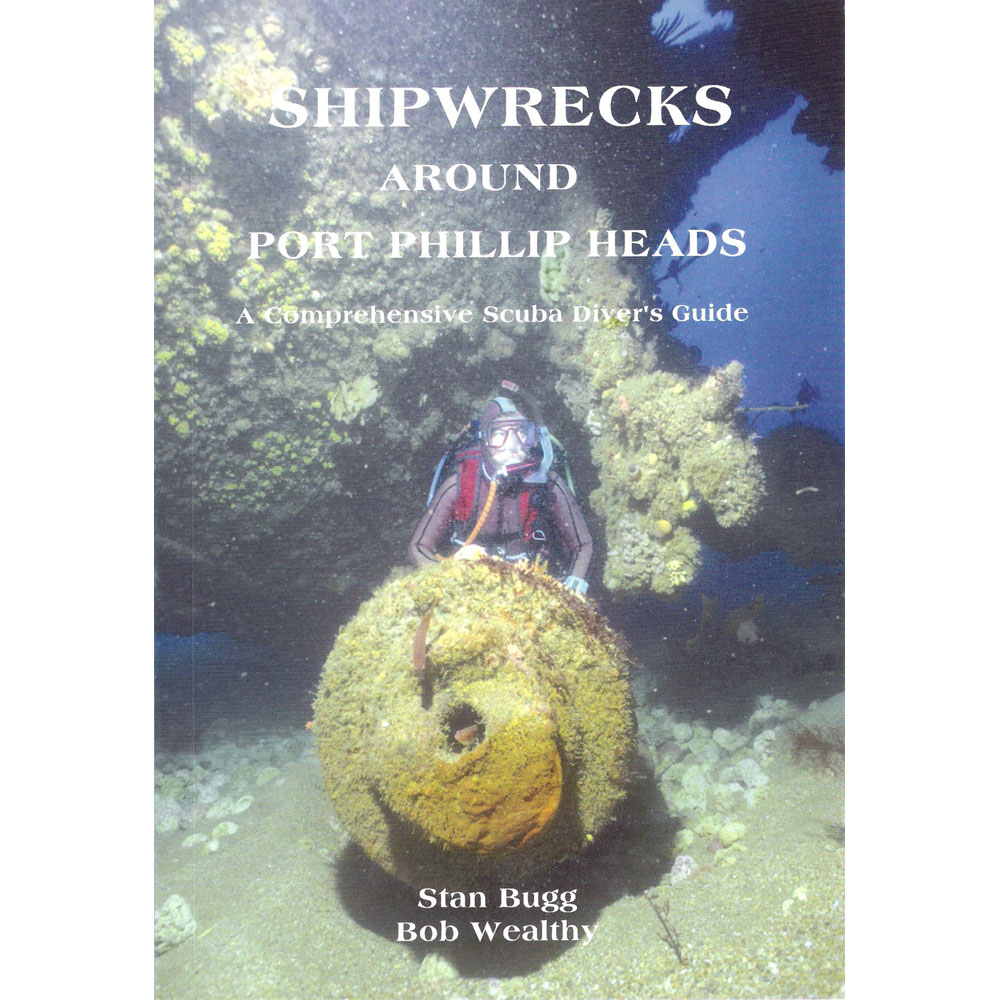
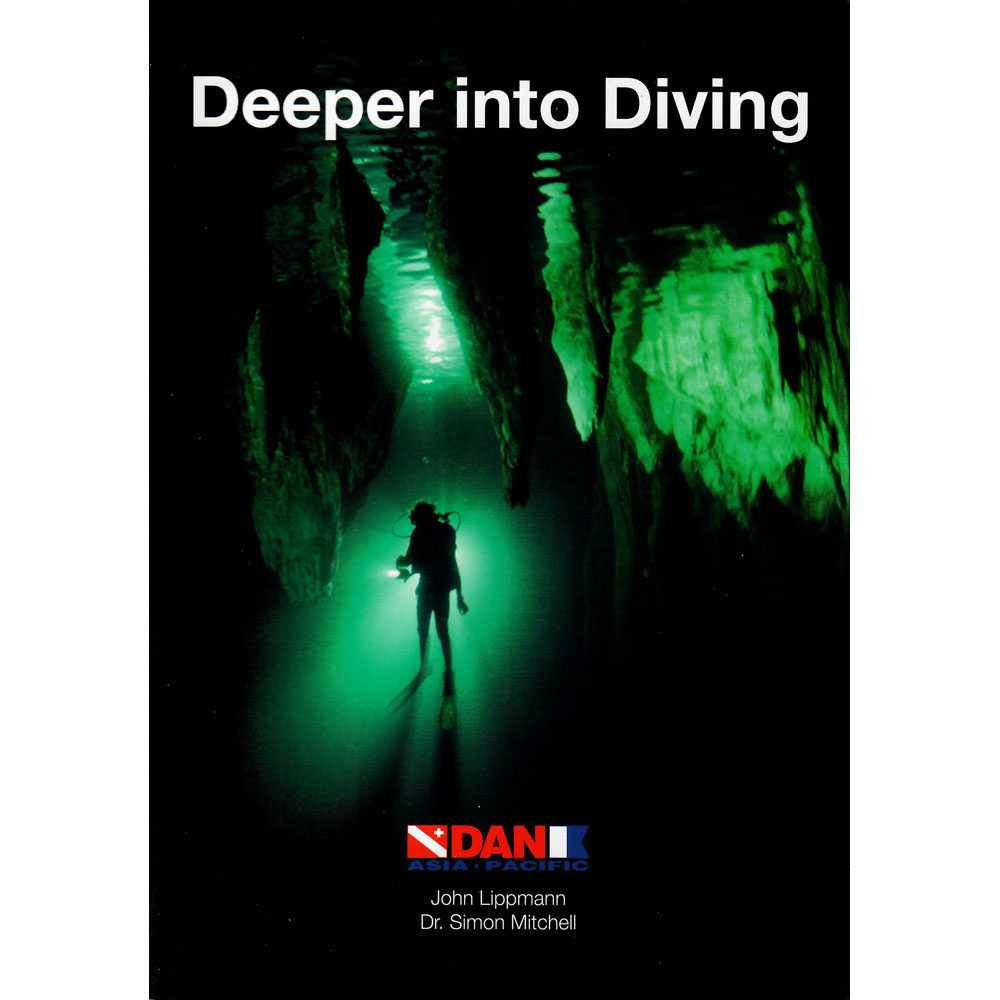
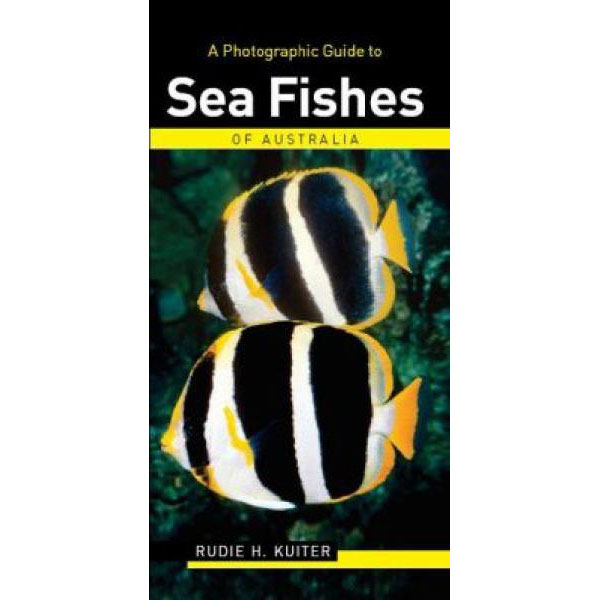
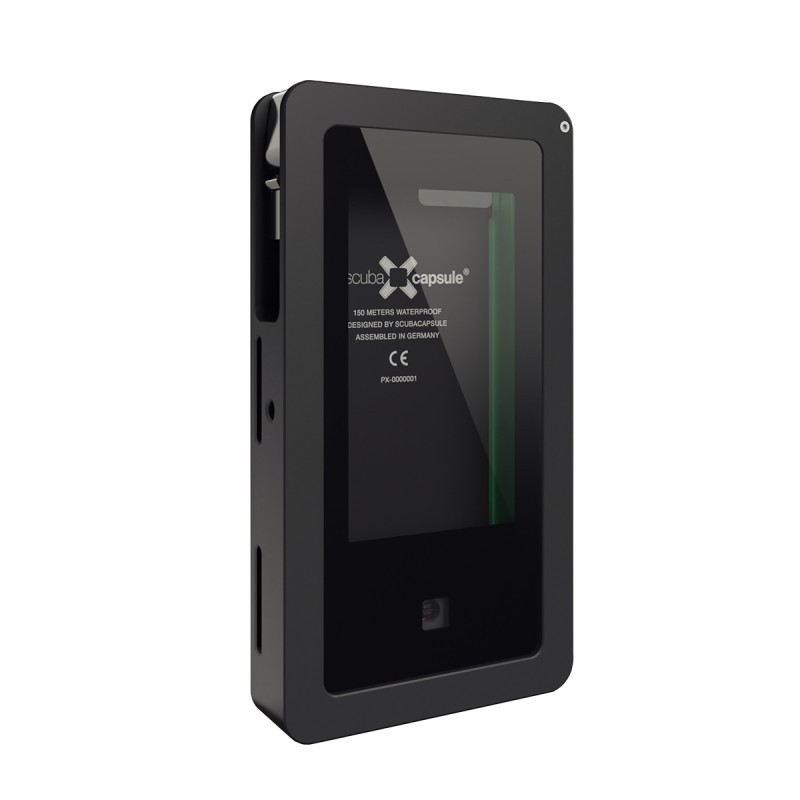
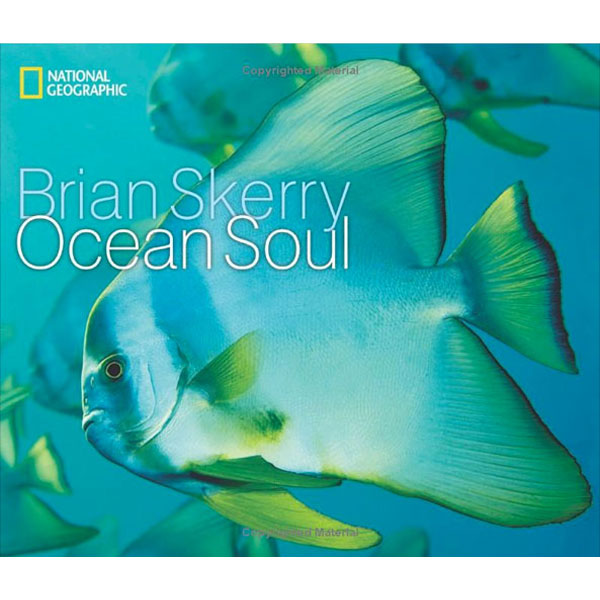
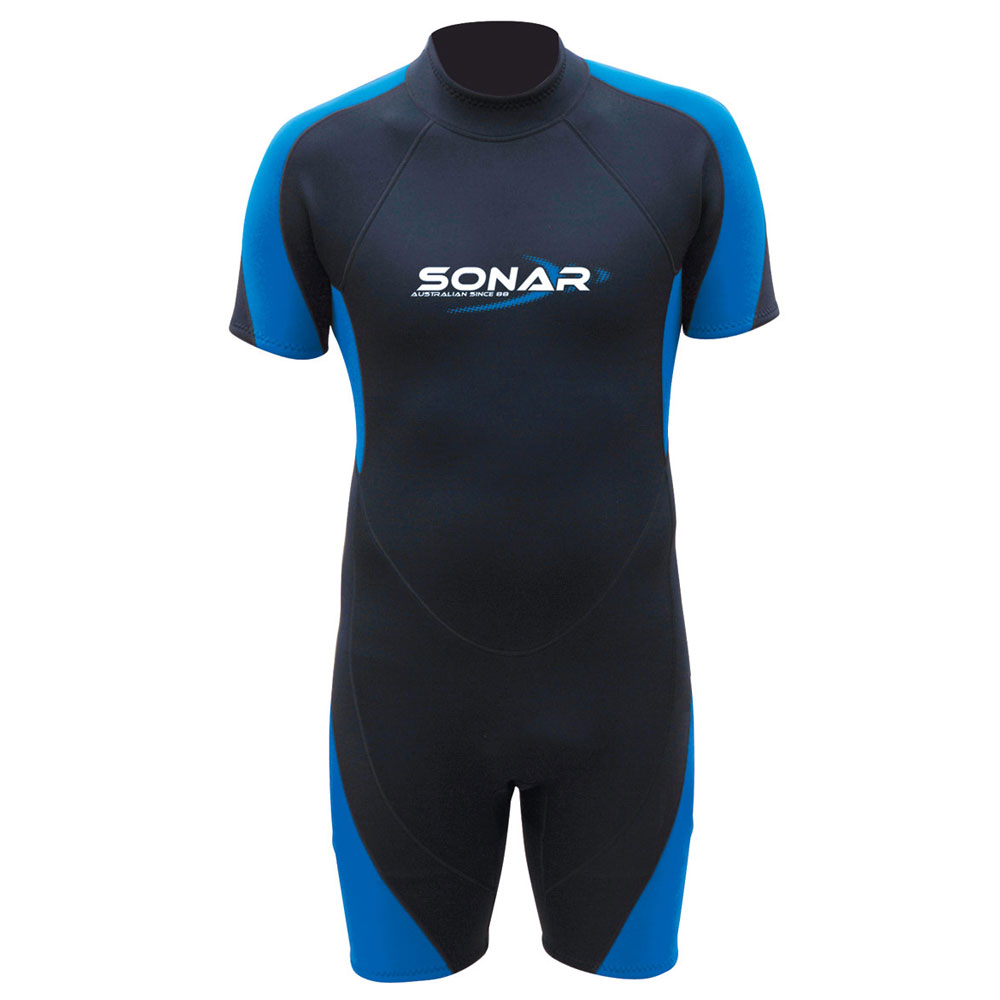
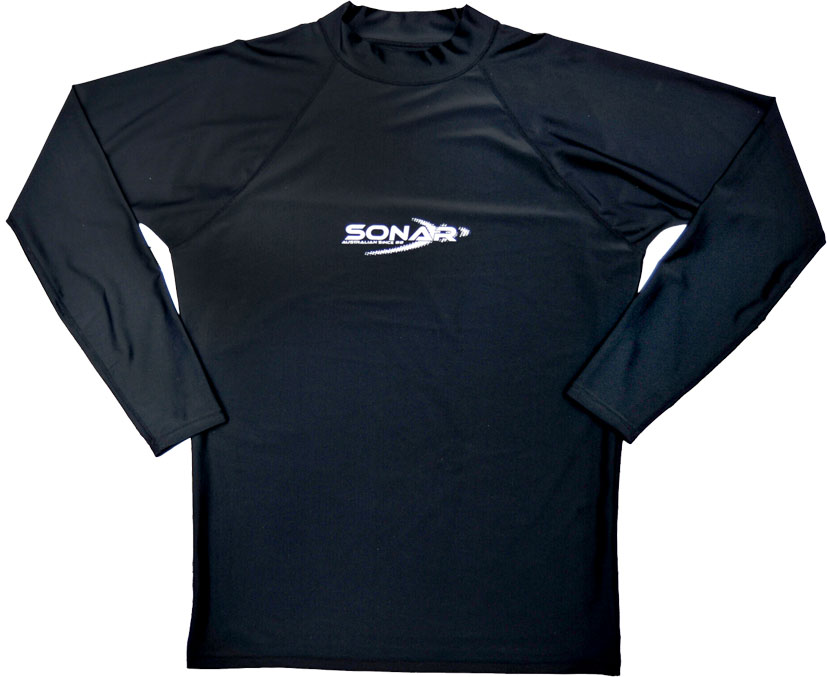
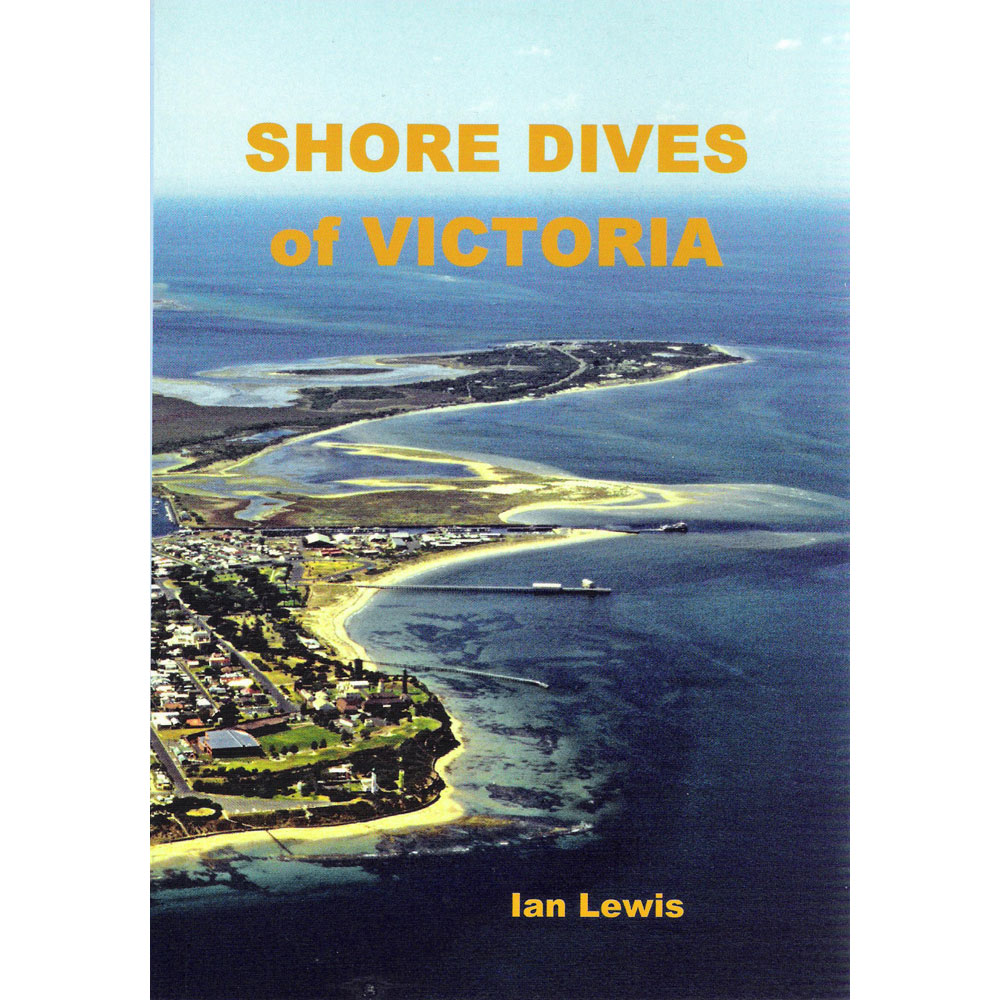
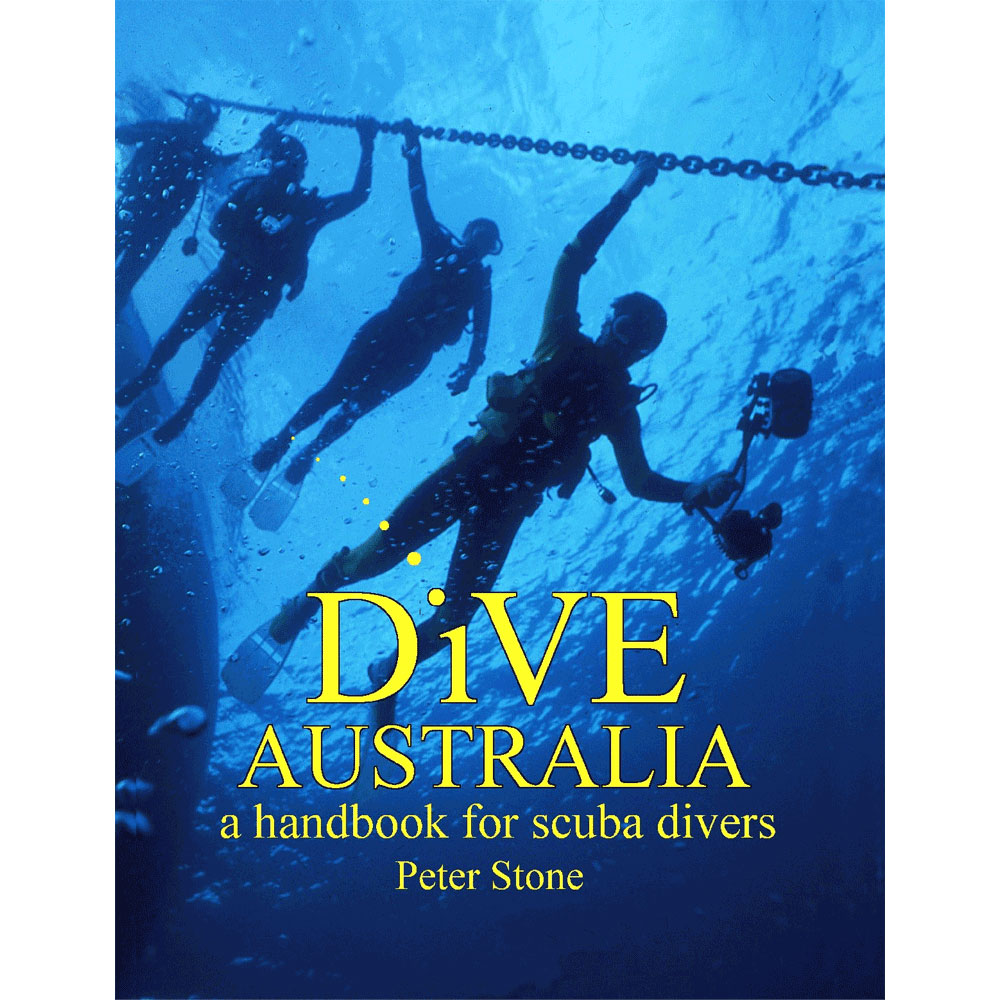
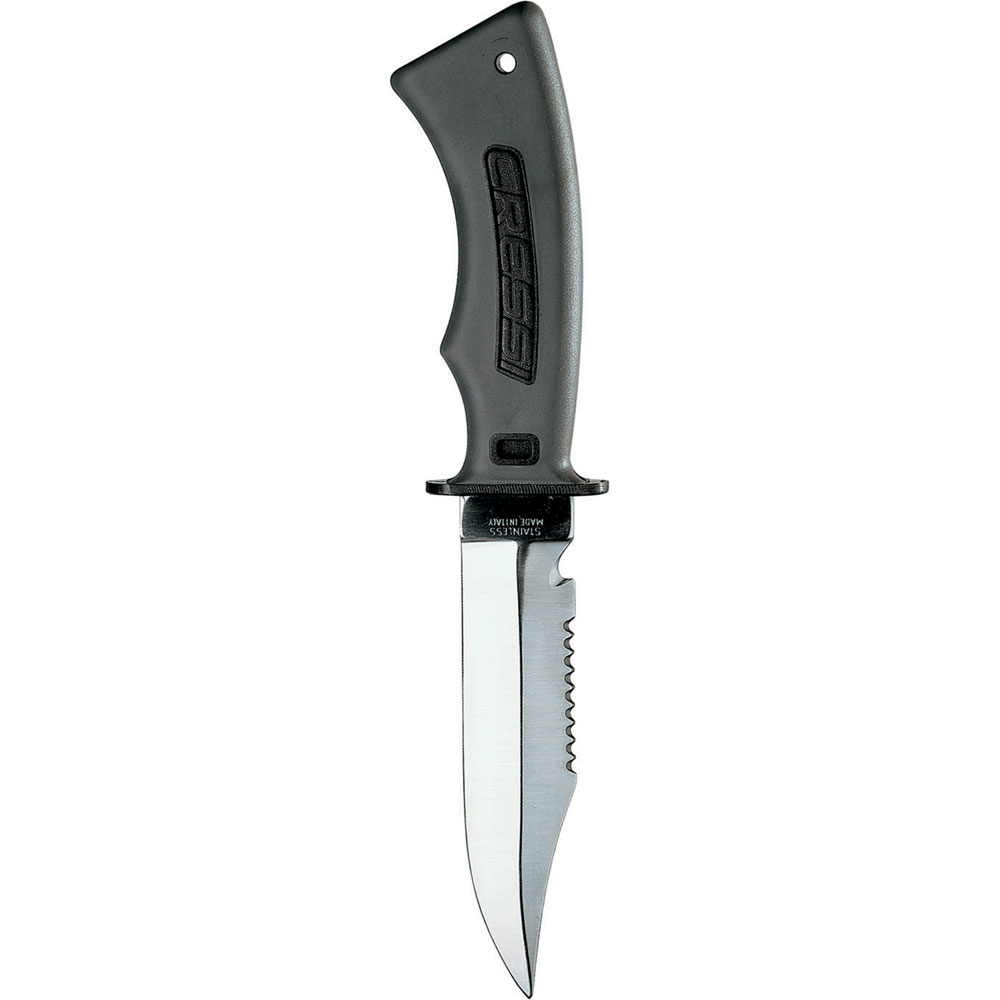







![Halcyon Infinity 30lb System [SS Small Backplate] Halcyon Infinity 30lb System [SS Small Backplate]](/diveshop/images/halcyon/Halcyon-Evolve-Wing.jpg)













































































































